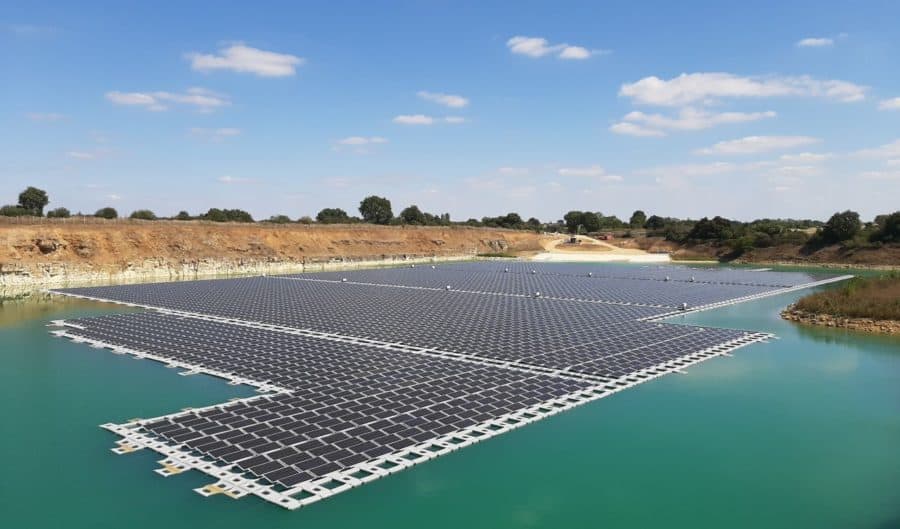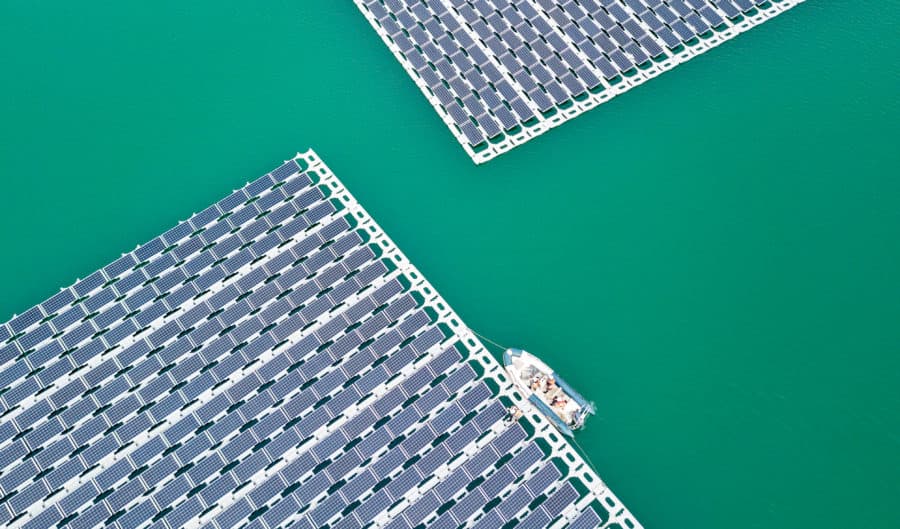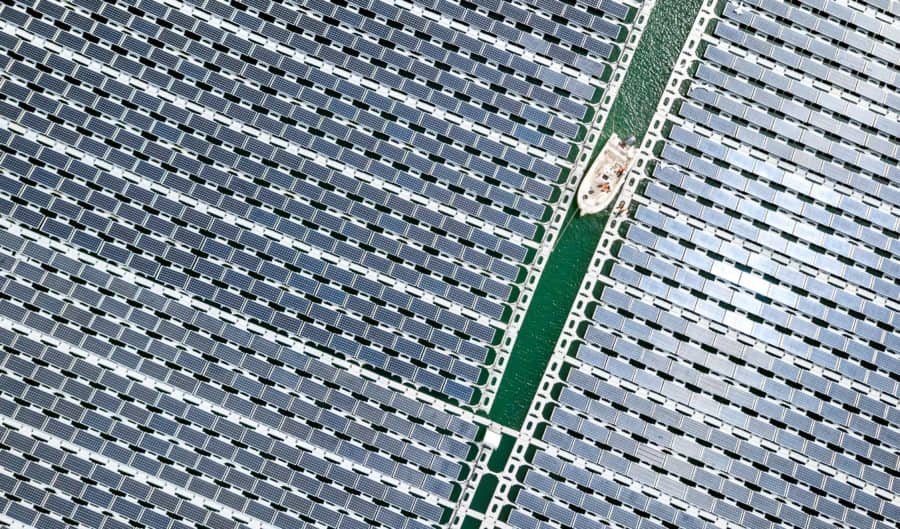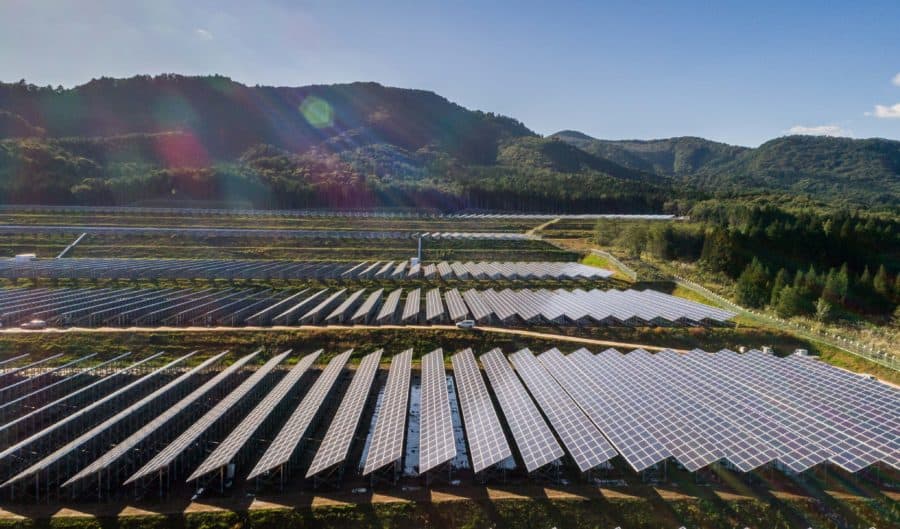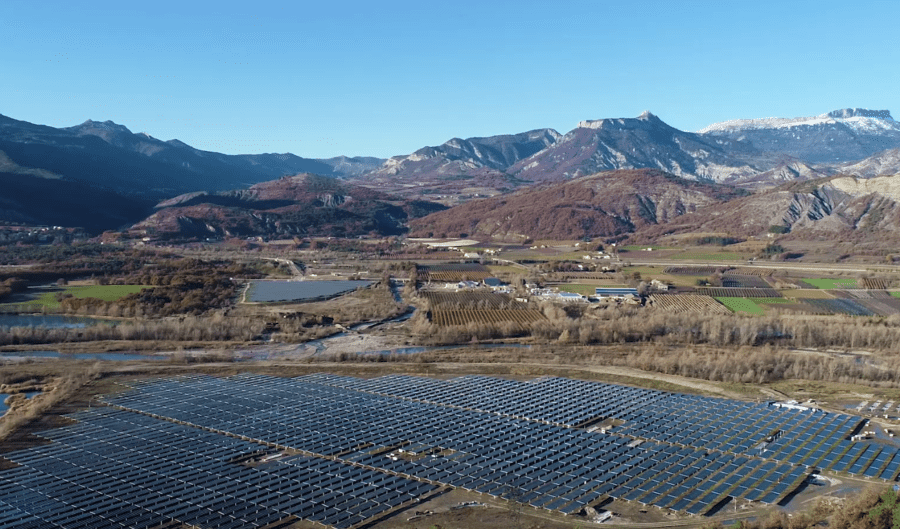
Can solar panels meet the carbon challenge?
5 minutes of reading
To combat global warming, France has committed to becoming carbon neutral by 2050. Like France, many countries around the world have decided – by choice or environmental necessity – to turn to decarbonised electricity. In this quest for green energy, photovoltaics seems to have its full place, but is not the only viable solution. Incidentally, what is the status of its deployment potential?
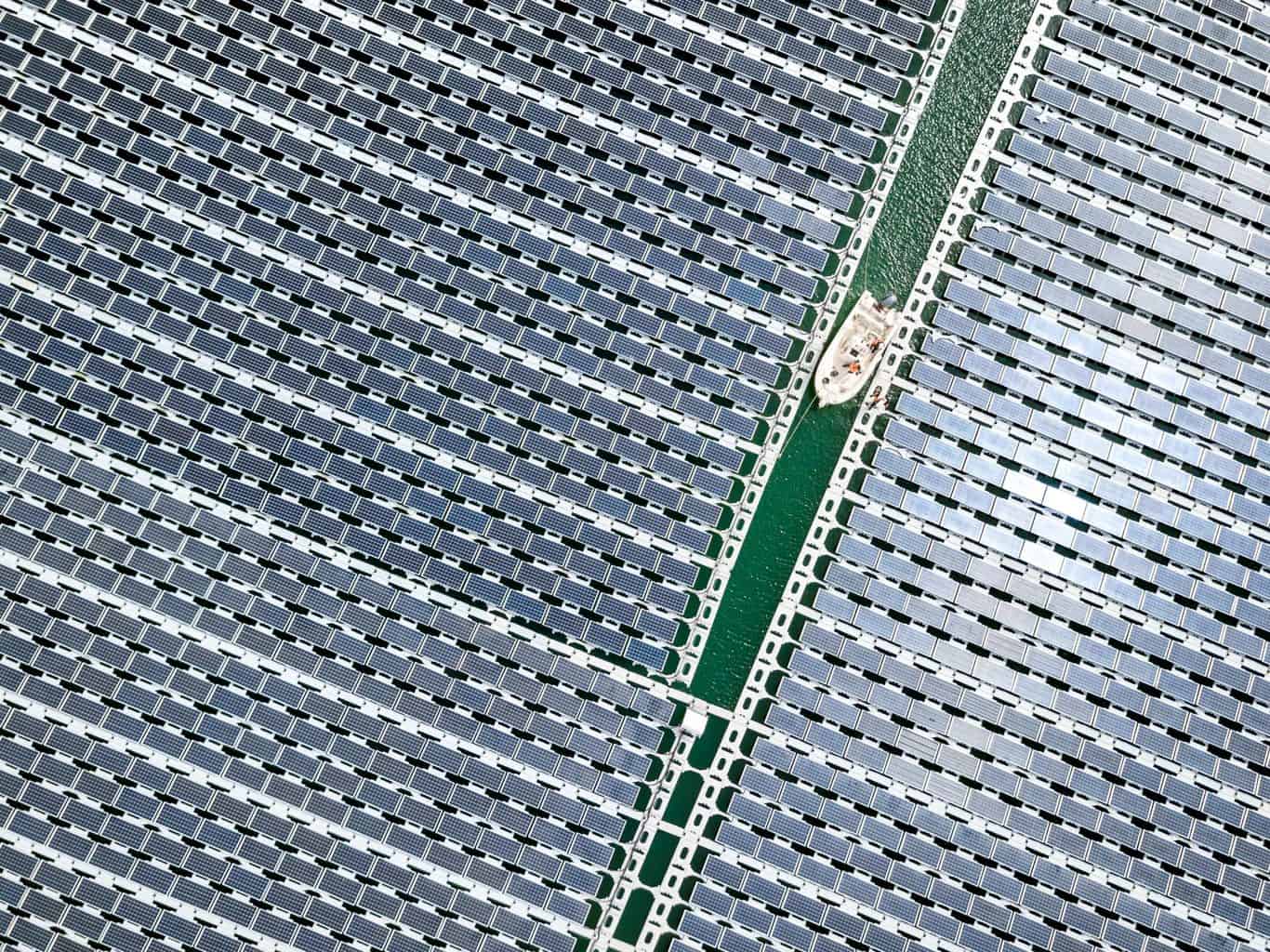
Photovoltaic panels are a true source of green energy. For this reason, they are increasingly becoming part of the urban landscape. However, can solar energy production be deployed on a large enough scale to meet the energy needs of France or other countries in the world? According to the International Energy Agency (IEA) and the grid operator RTE, it would be technically possible in France within 30 years to replace most of the nuclear energy used with electricity from a green energy mix, with solar and wind power topping the list. In practice, to succeed the current nuclear fleet, which is responsible for 70% of electricity production, the challenge is great and the alternative is two-fold. Solution 1: rely on renewable energy coupled with a nuclear programme. Solution 2: rely solely on renewable generation. An assessment planned for the autumn by the RTE network, specifying the costs and the social and environmental impacts of this change in production, should initiate the beginnings of a reasoned choice.
In the meantime, Sandra Chabrier-Breil Martin, Managing Director of Transmission, Distribution and Photovoltaic Activities at Bouygues Energies & Services, gives us an insight into the current situation of photovoltaics.
What is the state of development of solar panels in France and internationally?
We have installed large capacity – ground-mounted or floating – photovoltaic farms owned by investors or independent producers in France and internationally, in roughly equal proportions since 2013. They are directly connected to the national transmission or distribution grids and the energy produced is counted as part of the solar share of the national energy mix. In concrete terms, solar energy is today an admittedly intermittent, but very competitive energy.“Many projections predict a 30-fold increase in the amount of solar energy produced by 2030. Why? The significant reduction in equipment costs, the ability to mix storage solutions with solar solutions, the increase in the performance of solar panels and the optimisation of siting.”
What kind of needs can solar energy meet?
Decarbonated energy production can be injected into a network without distinction of use – in the same way as all other primary energy production (nuclear, coal, hydraulic, wind power, etc.). Despite the intermittency of energy production – which fluctuates on average 6 hours a day depending on the season, the weather, grid constraints, etc.- this energy is well regarded as a primary source of energy for greening the global energy mix. In fact, our photovoltaic farms have made it possible to increase the available energy capacity in record time and at a very competitive cost compared to other types of production. For example, 250 MW are produced in less than a year! Our farms are located all over the world and meet different needs: on the islands of the Philippines to meet the local electricity shortage; on the scale of a country such as France and the United Kingdom to green the energy mix; on a continent such as Australia to take over from fossil fuel production or in Japan to take over from nuclear.Apart from solar energy, what are the potential green energies of the future?
Wind power, which has different siting criteria to solar power. These are complementary, but not competing, solutions. There are also batteries that can store fossil or nuclear energy produced during off-peak hours to be released during peak hours. However, the lifetime of batteries is much shorter than that of solar panels. Hydrogen, for its part, will eventually complement the photovoltaic solution! We strongly believe in this and that is why the Bouygues Construction group is already well positioned on H20. Click to see what a hydrogen-powered city would look like or the news related to Powidian.In summary, what are the obstacles and advantages of photovoltaics?
The panels are not produced locally and the transport component remains unavoidable. However, we strive to maximise local supply of equipment where possible and where the product exists. In addition, we ensure that our projects are anchored in the local economy by entrusting assembly and maintenance to local teams. Finally, in addition to the high production capacity mentioned above, solar installations blend in perfectly with the landscape. They contribute to local biodiversity by maintaining flora and fauna, and do not generate noise pollution or air emissions.Most read
More reading
Read also




What lies ahead? 7 megatrends and their influence on construction, real estate and urban development
Article
20 minutes of reading

